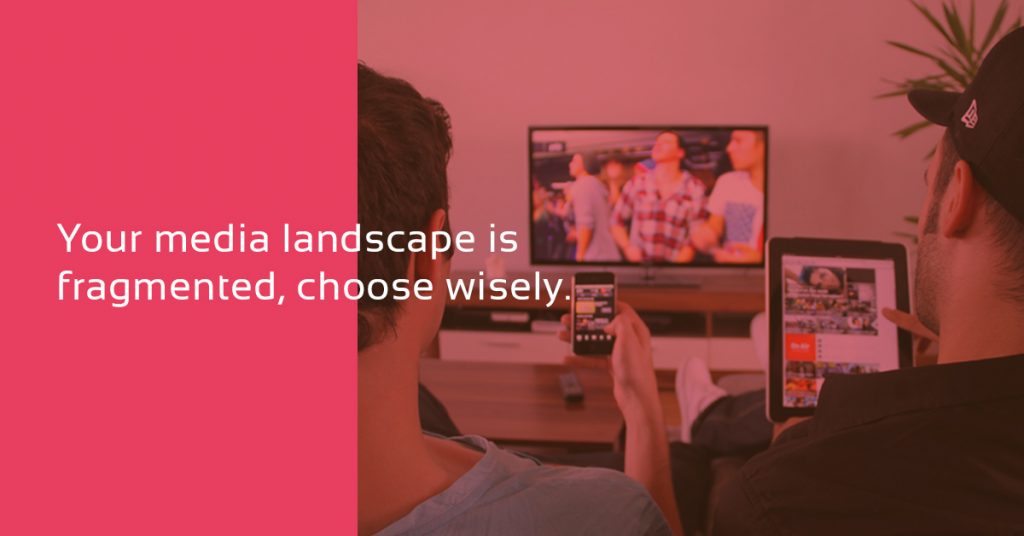3 Reasons why your Media Spend is not Performing the Way it Used to
Simple were the days in furniture retail when spending on media meant running tv spots on the local station and sending out a mailer or two. In those days it was easy to find your audience and your media spend went a very long way, providing a strong return on investment. However, those days, as good as they were, are gone. And the likelihood that they will return are slim-to-none. These days most retailers are spending much more money in media and seeing far less return, most simply trying to minimize their losses. However frustrating this situation may be, it is important to understand why this has happened, how things have changed and more importantly what can be done about it to improve results. Below we will discuss three of the fundamental reasons that your media spend may not be performing the way it used to, and provide some initial insight as to what can be done about it.
 1. Digital Media has Changed the Program
1. Digital Media has Changed the Program
Television has long been a powerhouse of advertising, and while that remains true, the details have changed. Niched streaming services like Netflix, Hulu, and HBOGO are winning over customers quickly, leaving traditional television—and the ads on those channels—with fewer viewers. Other digital markets are expanding as well, such as free music apps, social media, and podcasts, among others. That’s why its important for you to balance your media spend with a mix of digital advertising which will help you be more targeted while reducing your media spend.
One of the most successful ways to customize your media scheduling is with Programmatic Advertising, which is a real-time, minute-by-minute media bidding system. It’s is a way of doing business that aims to be more targeted, timely, and cost-effective than prior methods. It also reduces the risks and costs of testing new ideas, and improves ad frequency and repetition. Programmatic creates data that shows how strategies have worked for clients and includes details about consumer habits, like what time of day is best to reach an audience or how often the ad should run. However you choose to advertise, it’s important to track the return on investment for the money you spend.
2. Consumers Are More Distracted Than Ever
Consumers have an attention span shorter than that of a goldfish, which can be correlated to the increase in smartphone usage and the shift to mobile content consumption. The average consumer switches between screens 21 times per hour and sees 10,000 brand messages every day. Many times, consumers will briefly use the nearest device to look something up, buy something, or go somewhere. Optimizing your search results can help ensure that more people searching will click on your content. It’s also important to make sure consumers see your ad multiple times—it’s estimated that a consumer needs to see the message seven to twenty times before taking action. Repeated messages create a strong footprint that consumers can distinguish more easily in the future.
3. Your Content is Getting Lost
While price-driven advertising is common and does work in the furniture industry, it’s important to appeal to humans on an emotional level as well. There are plenty of innovative ways to capture an audience, and most are still waiting to be thought of. Animated GIFs, comic strips, coloring pages, virtual reality, and 360° videos are some ideas off the top for you to consider. Your content doesn’t need to be limited to what you’ve seen before. Think outside the box and do something new. Your message will stand out and consumers will pay attention.



Pingback: How to Decide which Social Platform is best to Promote/Showcase your Furniture Products? - Furniture Branding
Pingback: Turn Web Traffic Into Foot Traffic: How to Market with Mobile Messaging - Furniture Branding